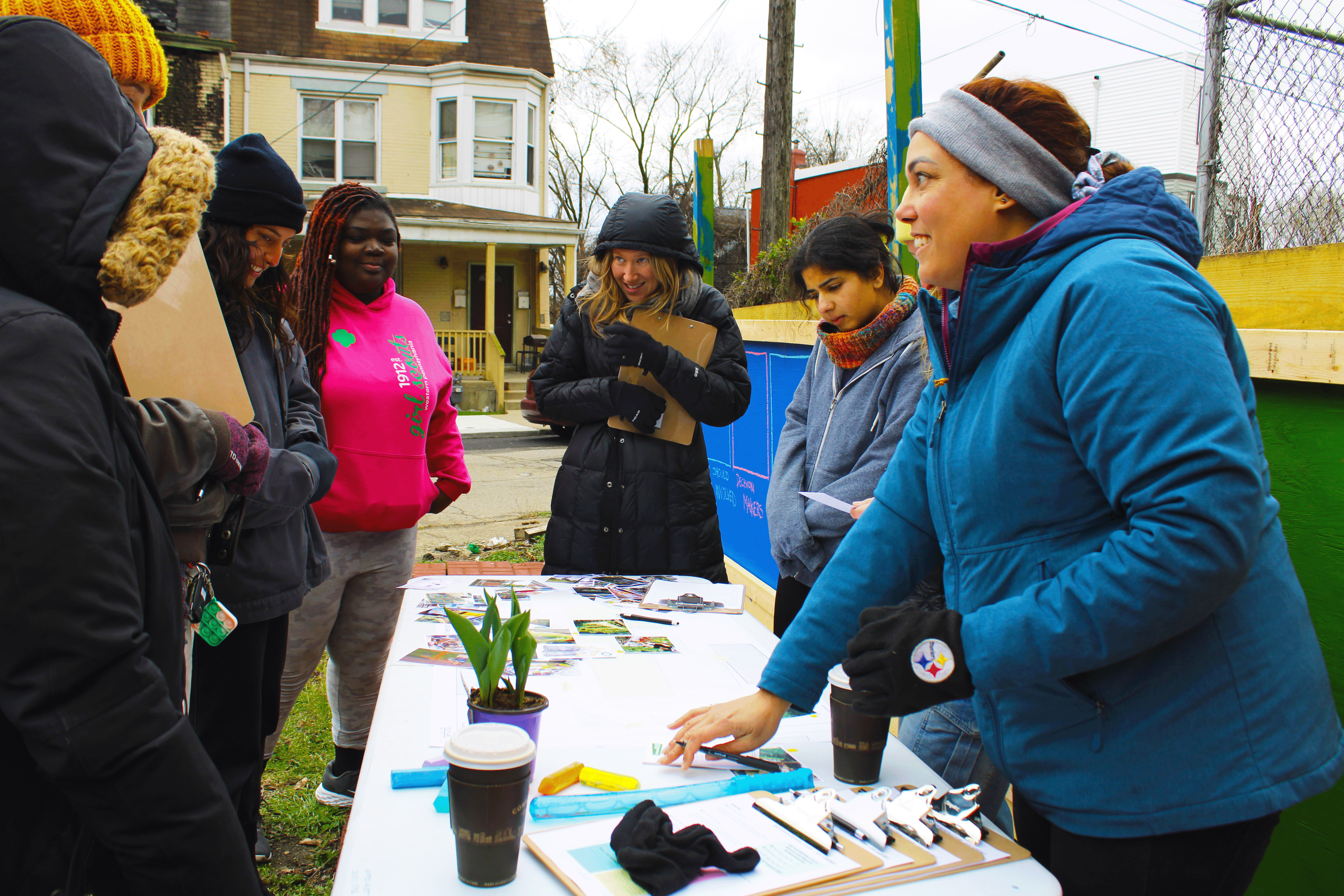Our Digital Inclusion efforts were highlighted as a policy solution in a recent report published by the Federal Reserve Bank of Cleveland: Broadband and Beyond: Getting Connected in the Fourth District. The report discusses three challenges to digital equity—access, affordability, and adoption—and the policies and programs designed to overcome them.
“The Pittsburgh-based nonprofit Neighborhood Allies, in partnership with the Verizon Community Forward Initiative, opened two community learning centers in the Homewood–Brushton neighborhood: one in the local YMCA to enhance youth learning and bridge the digital equity gap and one in the local community college branch to enhance adult digital skills and training (CCAC, 2023; Neighborhood Allies, 2023).”
By: Merissa Piazza, Hannah Graber | Federal Reserve Bank of Cleveland | October 4, 2023 | Read the full publication
Introduction
The pandemic brought nationwide attention to digital inequities, often called the digital divide, that exist across geographies and within low-income and minority households. Here we define digital inequity as a condition under which individuals and communities cannot fully participate in society, democracy, and the economy because they do not have the technical capacity. These inequities are not new. For decades, researchers have examined access to broadband (for example) as it relates to a variety of economic and personal outcomes. In 2000, the National Telecommunications and Information Administration (NTIA) and the Economic and Statistics Administration published a report demonstrating substantial differences in internet access by income, race, education level, household type, age, region, and gender. More recent research shows that broadband subscriptions, computer access, and poverty are correlated, and having access to broadband allows people to participate in the labor market at a higher rate (Sanchez, 2023; Sanchez and Scavette, 2021). Studying broadband access is especially important, considering rural areas, people of color, and low-income households are less likely to have access (Atske and Perrin, 2021; Dolcini et al. 2021; US Department of Agriculture, 2023). These newer studies continue to demonstrate what the NTIA pointed out more than two decades ago, and what we know was exacerbated by the pandemic: there remain persistent differences in broadband access and adoption across and within areas of the United States.
Why does the Federal Reserve care about broadband and internet connectivity? Labor force participation is key to the Federal Reserve’s achieving its dual mandate of price stability and maximum employment; it is becoming increasingly important for individuals to have access to and to adopt broadband to participate in the economy. Studies show a positive association between workers with a broadband-enabled computer and labor force participation (Sanchez and Scavette, 2021). Broadband use can lead to a 4 percent increase in labor force participation for married women (Dettling, 2017), and subsidizing internet access for low-income families whose children qualify for free and reduced-price lunches can increase participants’ employment rates and earnings (Zuo, 2021). Moreover, research has shown that individuals with internet access have a job-finding advantage (Denzer et al., 2021), and unemployment rates are lower in US counties with high-speed access (Lobo et al., 2020).
Three components of digital equity are discussed here:
- physical access, or a connection to the internet that is fast and reliable,
- affordability of the service, and
- adoption related to income and digital-readiness factors.
This report seeks to explore each of these related issues as they play out in the Fourth District,1 examine the implications of these issues related to a variety of factors, and review current policies and programs, nationally and locally, designed to overcome these challenges.

